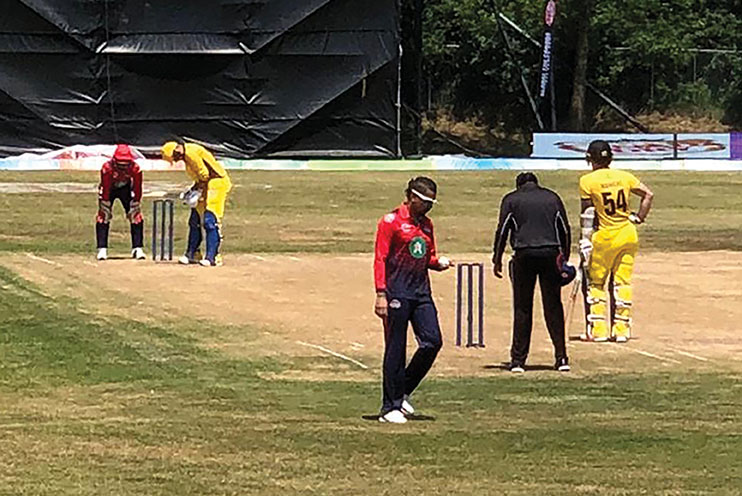Nasif Ferdaus | Contributor
Featured Image: A smaller Cricket World Cup is ideal to maintain tournament quality and interest from locals in host country. | Komal Kalia
The Cricket World Cup is coming home in 2019. The last time England hosted the mega event was in 1999, it was won by the Aussies, who triumphed over Pakistan in the finals.
The first World Cup was hosted by England in 1975 during a time when test cricket was the only form of cricket. The World Cup games were 60 overs per side, and every team wore white uniforms.
In the first event there were six participating sides, each of them test-playing nations. The second edition of the tournament added two non-test-playing sides, Canada and Sri lanka.
One of the reasons the first Cricket World Cup was such a huge success was because it had six of the best teams in the world. The last World Cup had 14 teams, but the International Cricket Council decided to limit the number of teams in the coming World Cup to 10, a move criticized in some quarters.
There is a temptation to open the Cricket World Cup to more non-test countries, and make it a more universal game, similar to soccer. Not many people in the non-test countries, however, know about cricket. For example, most people in a country like Bangladesh, which is one of the lowest ranked countries by FIFA, know who Messi or Ronaldo is. Very few people in Brazil, however, know who Sachin Tendulkar or Virat Kohli is. Therefore, even if we had multiple non-test teams in the World Cup, it would have very little effect on the further globalisation of the game.
When two non-popular football teams compete in the FIFA World Cup, there is a good amount of media attention, but this is not so with the Cricket World Cup, primarily because there is little interest for the game in the competing countries themselves. Cricket tournaments are able to attract huge crowds in every game when spectators are sold on the quality of the contest, and this is only possible when the tournament fixtures are not diluted by what amount to amateur matches.
A 10-nation World Cup is appropriate for now, until such as time as cricket attains more popularity in non-test playing nations. The International Cricket Council should focus on promoting grassroot cricket in non-test playing nations, with the intention of helping these nations produce quality players that can compete on the international stage.
The Cricket World Cup next year will have India, Pakistan, Bangladesh, Australia, New Zealand, West Indies, South Africa, Sri Lanka, Afghanistan, and England as the participating nations.


